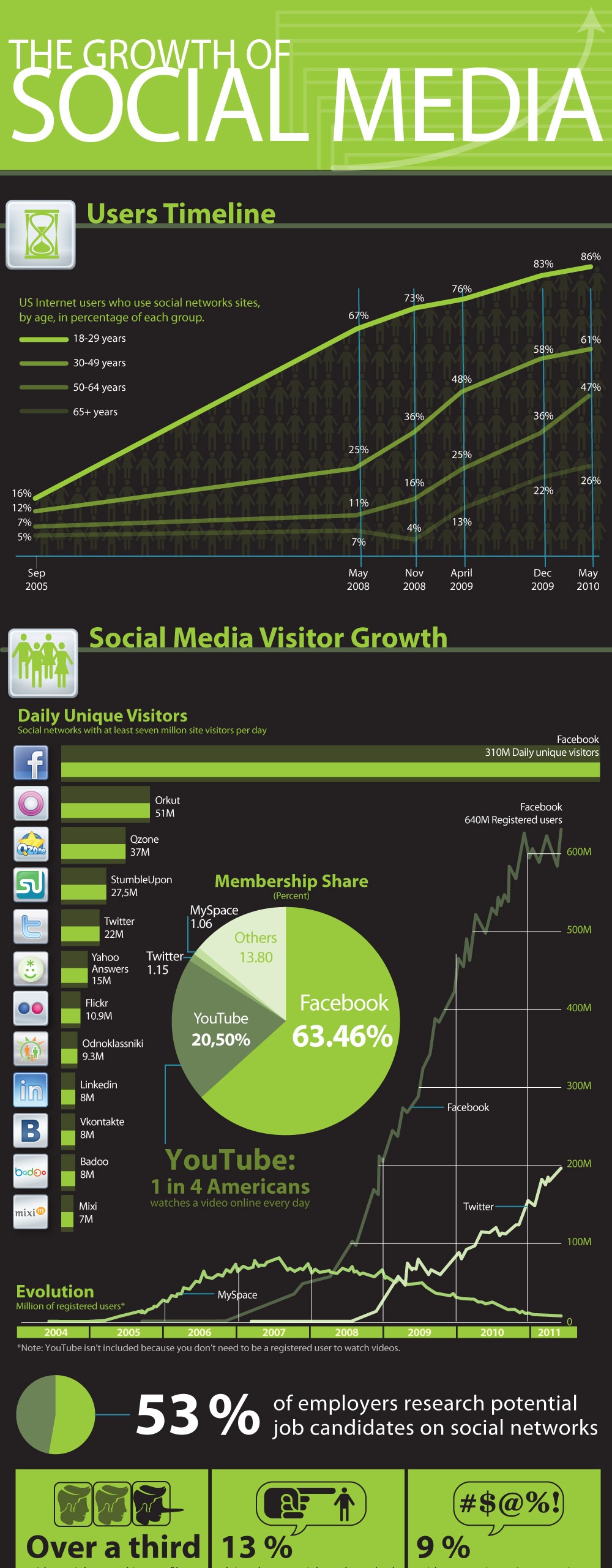I thought we were over the “do you need social” discussion until I read a recent post by Dennis Howlett “Why the impact of social media on business is over-stated.”
Given the headline I was ready to dismiss the article at face value, but he brings up some valid points. He notes that social business is poorly defined. I completely agree. A lot of companies that have been eager to jump into the social space and get their piece of the pie — even if they don’t exactly know whether their piece is apple or cherry. For the purposes of this discussion, I’ll divide social business into two flavors:
1. Public- facing networks that facilitate deeper and more lasting customer relationships and 2. Enterprise- facing networks designed to move initiatives, products, and plans forward.
Today I’m going to focus on the customer; in a later post I’ll focus on the enterprise (where I find more agreement with Howlett’s viewpoints.)
It’s in the customer arena that I take the most issue. Howlett shuns the idea of the new “social customer” and a company’s need to engage with them, calling it a “big pile of horse crap.” He asks, “In a world of instant gratification and 140 character attention spans does the social customer mean anything?”
I think they do.
Howlett also points out that command and control management theories –, in place now for the last 80 – 100 years, — foster a productive and efficient business, and do not (and by implication should not) take the customer into account. The individual is not important in the scale of things.
I think the individual at scale is precisely the point.
In today’s Altimeter Report on the Social Enterprise, it’s noted that in 2011 the U.S. hit a milestone: more than half of all adults visit social networking sites at least once a month. Facebook has over 800+ million users. Twitter has over 500 million. LinkedIn over 131 million. And YouTube clocks over 490 million unique users per month.
And as if that’s not enough, here’s a great post from Jeff Bullas that further elaborates on the dramatic impact that social networks have had on our society.
Click for full infographic
But back to the individual.
Howlett worries, “… more than anything is that this notion of the all-powerful customer fosters a climate of corporate fear.”
Who says fear is a bad thing?
You lose a shoe sale and you’re out $100 in revenues. You tarnish your brand and it could cost your company millions. (To wit, I can’t tell you the last time I ate at Domino’s after hearing about this.) On the flip side, a sky rocketing brand stands to gain millions.
It’s an enormous opportunity.
I present the Old Spice Guy, a fictional character conjured up by the good folks at Weiden & Kennedy.
Many of those 490 million You Tubers have checked out the Old Spice guy. In fact, the first video has garnered nearly 40 million views. That’s 40 million times that people have engaged with the Old Spice brand. And that’s just the first video. The video was so successful that Old Spice authorized 6 more, which received millions more views. Heck, the video was so viral that it landed the Old Spice Guy a spot in People which meant – you guessed it – millions more impressions.
It also translated into dollars and cents. How successful was the Old Spice guy? It raised monthly revenues by 107%.
Look at this this trend: “According to Nielsen data provided by Old Spice in July of 2010, overall sales for the company’s body-wash products were up 11 percent from the previous 12 months; up 27 percent from the previous six; up 55 percent from the previous three; and in the month leading up to the data totals, with two new TV spots and the online response videos, up a whopping 107 percent.”
Weiden & Kennedy has one happy client and some marketing manager better have gotten a bonus check.
But it doesn’t stop there. Social helps companies better serve their customers.
Everyone has heard about @ComcastCares, the Twitter initiative that the enterprising Frank Eliason started. He set out to change the notion that Comcast had crappy customer service and provide each one of his followers with personalized and immediate service. He was so successful that @ComcastCares now has over 56K followers who are unpaid ambassadors of Comcast’s great service. Frank got the accolades he deserved along with a cushy SVP job at Citibank. Everyone wins!
How does that translate to the rest of the world?
It’s about doing what you do well and leveraging your social channels to offer that same experience online. Consider Nordstrom, which started out as a local Seattle shoe company. It’s now a famous department store that has built its reputation around one central idea: the customer is king, or, as is typically the case at Nordy’s, a queen. Women love the place because no matter what you take home, if you’ve got a problem with it later – for any reason – you can take it back. No questions asked. Today more of their business is happening online, so Nordstrom created a Facebook page. How popular is it? 1,302,178 different people have liked their page and 16,451 people are having conversations about the Nordstrom brand. Chatting about where to get the latest Jeffrey Campbell pumps — and I bet how they got great service along the way.
Social business is having a real and lasting impact not just for Old Spice, Comcast and Nordstrom, but for thousands of other companies as well. These companies are going to where their prospects and customers are (remember 51% of all adults are now using social networks) and finding new ways to surprise and delight them. It’s been shown multiple times over to extend and deepen the ties between brand and customer, which is good news for CFOs who are tracking the bottom line.


